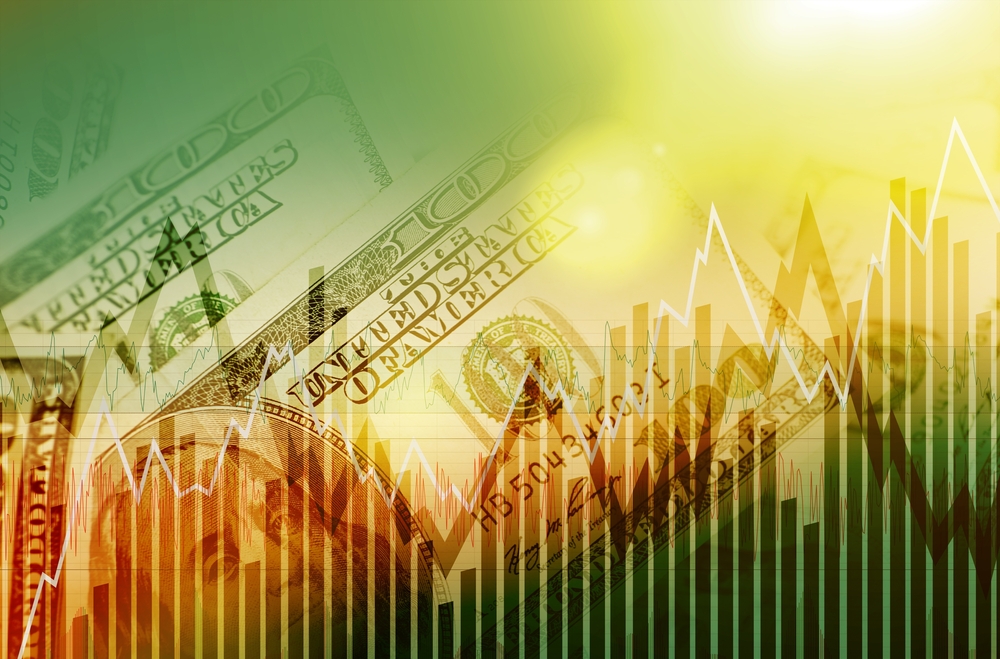On Friday, the US dollar lost its price as a result of the latest labor statistics for February indicating a decrease in the rate of wage growth.
Experts believe that the reduction of inflationary constraints could result in the Federal Reserve’s gradual pace of increasing interest rates.
Since there is no urgency to increase the interest rate, this has brought the price of USD down.
The stats have shown that in February, there was a significant increase in employment opportunities within the United States economy.
The financial markets have reduced their expectations for a 50-basis point rate hike during the upcoming Federal Reserve policymakers meeting.
Feds’ new upcoming meeting is scheduled for the 22nd of March.
Earlier when Jerome Powell addressed the U.S Congress and stressed the increase in the interest rate for an extended period, the dollar was flying high.
But now, all of a sudden, the USD is dropping lower and lower in terms of its price.
The US dollar decreased in value in relation to all significant currencies, although it remained relatively stable in comparison to the Canadian dollar.
The collection of trading currencies known as the dollar index experienced a decrease of 0.618%.
What’s next for the U.S. Dollar?
As per Joe Manimbo, a senior market analyst at Convera in Washington, the dollar could remain within a certain range. He also added that the journey towards achieving the Fed’s inflation target of 2% might not be smooth.
If the market increases its predictions for maximum rates, the dollar strengthens by two steps. After the situation calms down, we will observe the dollar retreat, he concluded.
The market has already factored in the possibility that the Federal Reserve will take a break this year. However, the exact timing of this event remains uncertain.
The probability of a 50-bps point increase in fed funds when the Federal Reserve officials meet on March 22 has decreased to 41%, according to the futures market.
Just a week ago, before the employment report was published the probability of a 50-bps interest rate rise was 71.6%.
The market became too optimistic about the possibility of a 50 basis point increase at the upcoming Federal Reserve meeting.
But that optimization has been quashed by the strong employment performance of the U.S. economy. It can be argued that inflation fears have now been put to rest.
There are some money market experts voicing that there is no need for an interest rate hike for the entire 2023.
At This Point 25 BPS Interest Rate Hike Seems Logical
On the flip side, some experts said that if the Feds still believe that increasing the interest rate is important then a 25-bps increase is reasonable.
This will allow the Feds to bring slight strictness in the monetary policy to keep up with the fears of inflation and recession.
Moreover, the Euro increased by 0.57% to reach $1.064, while the Sterling currency had a daily increase of 0.83% and was trading at $1.2024.
The release of the consumer price index (CPI), which is scheduled to be announced on March 14th is considered to be significant.
The attention has now shifted toward the Consumer Price Index report and the general state of financial conditions.
It is important to mention that the current developments in the banking sector of the United States also need close attention. The U.S. regulators are hunting down all the banks that support cryptocurrency operations.
As the result, some of the biggest banks have seen a rapid and monumental decline in the prices of their stocks. This raised serious concerns across all the markets.
In another significant development, the price of the Japanese Yen increased by 1.01% to 134.79 against the greenback.
As the things stand, the situation is clear, there is no need for the Feds to be too concerned about rapid interest rate hikes.
The strong employment outcomes have eradicated the possibility of inflation. Hence, USD’s momentum will keep at minimal.

